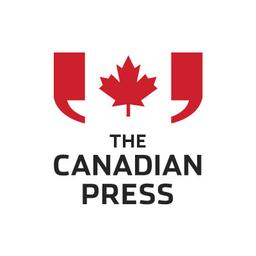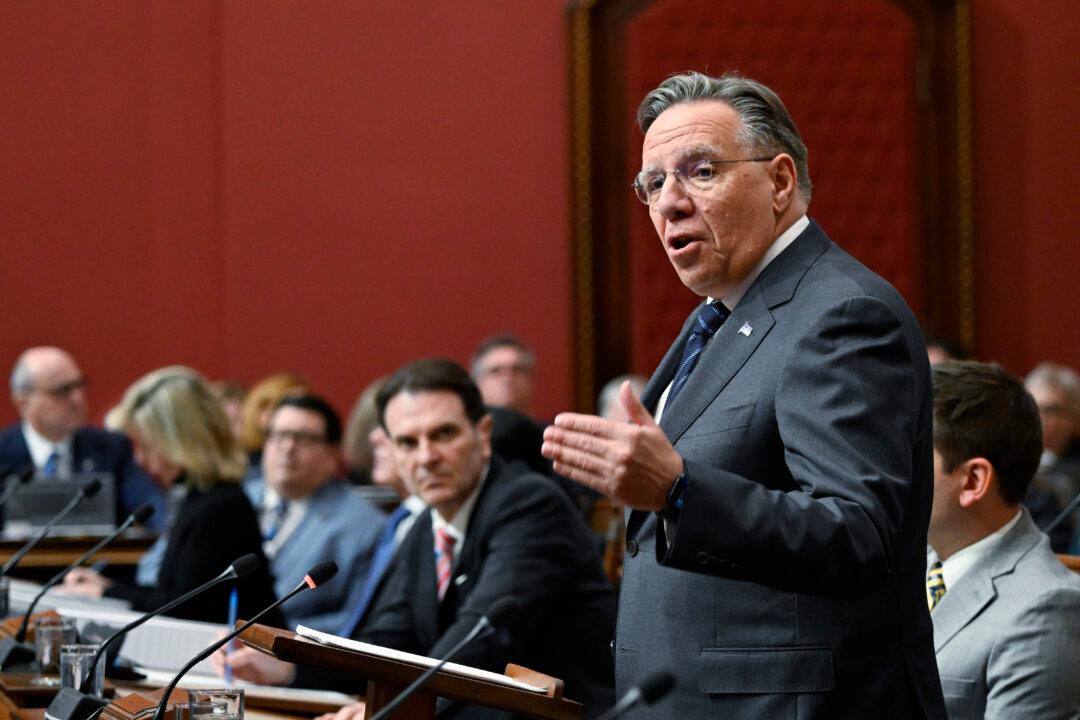Canada’s annual inflation rate slowed to 7.0 percent in August largely driven by the price of gasoline falling, but the cost of groceries continues to climb.
In its latest monthly consumer price index (CPI) report, Statistics Canada said grocery prices rose at the fastest rate since 1981, with prices up 10.8 percent compared with a year ago.
Still, the national year-over-year inflation cooled more than economists predicted.
“This is about as good of an inflation report as we can hope for,” said BMO’s managing director of Canadian rates and macro strategist Benjamin Reitzes in an email.
On a monthly basis, overall consumer prices were slightly lower in August than in July.
Statistics Canada said the 0.3 percent decline in the CPI from July to August is the largest monthly decline since the early months of the pandemic.
The federal agency said transportation and shelter prices drove the deceleration in consumer prices.
Gas prices were up 22.1 percent in August compared with a year ago, but down 18.8 percent since June.
The Bank of Canada will be paying close attention to its preferred measures of core inflation, which tend to be less volatile and help the bank see through temporary changes in the consumer price index. Those measures all point to a slowdown in annual inflation in August as well.
Earlier this month, the Bank of Canada raised its key interest rate for the fifth time this year, as it continues to battle hot inflation with higher interest rates.
The bank is set to make its next rate announcement on Oct. 26 and has warned more interest rate hikes are needed to bring inflation toits two percent target.
TD is still expecting another interest rate hike in October and for the bank to bring its key rate to four percent by the end of the year.
Excluding gasoline prices, year-over-year inflation was 6.3 percent, making August the first month since June 2021 where annual inflation excluding gasoline has slowed.
Still, the cost of living remains stubbornly high for Canadians, who are largely feeling the pinch at the grocery store.
The federal agency attributes the acceleration in food prices to continued supply chain disruptions, the Russian invasion of Ukraine, extreme weather, and higher input costs.
Prices for bakery goods were up 15.4 percent while prices fresh fruit was 13.2 percent higher than a year ago.
The gap between inflation and wages is narrowing, with average hourly wages up 5.4 percent in August.
By Nojoud Al Mallees





